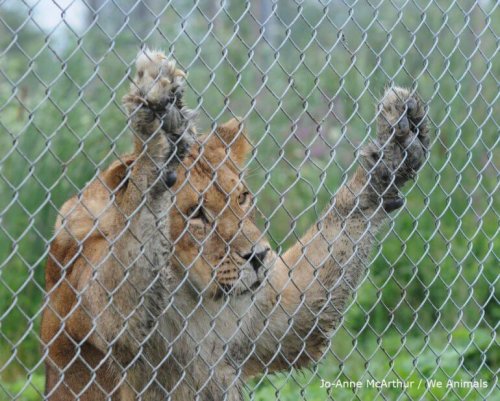Why is there such a divide between animal rights activists and environmentalists? A divide also persists within both groups—between advocates of animal welfare and animal rights as well as between conservationists and preservationists. In each case, it’s a division between the age-old concept of benign stewardship and the emergent recognition of the right for human and nonhuman individuals to exist as nature created us.
Conservationists and animal welfare advocates believe that humans are the most highly evolved species and so have the right to thrive and dominate others—although some believe that humans are tasked by a creator to treat the Earth and its lifeforms with care and respect. Whatever one may believe, stewardship in practice—if and where it exists—is founded on our historic reliance on the Earth and other species as “resources.” While such stewardship is self-serving, we must credit environmentalists with alerting humans to the peril confronting all lifeforms—a poisoned planet that we could choke, drown, or blow to hell. Those are matters that should also inform the animal welfare and animal rights agendas. If the Earth were to become uninhabitable, all species would obviously suffer and die.
Akin to the rationale for racism that permitted slavery, speciesism shows that humans need to realize that they’ve inherited an artificial hierarchy of life that rationalizes (rather than proves) the alleged inferiority of nonhuman animals. Yet DNA and simple observation verify kinship among all living beings who breathe, breed, and raise their young (yet are often denied the opportunity to nurture them); feel terror when threatened; experience pain when treated cruelly; and are degraded by captivity before being condemned to a violent end in a laboratory or a slaughterhouse, where their flesh and skin are taken for meat and leather.
Whatever the differences in philosophy and priorities that persist among conservationists, animal welfare advocates, preservationists, and animal right advocates, there should still be agreement on many matters, such as the hazards of poisoned water and air, including the poisoning of surface water and aquifers by vast quantities of animal-waste runoff from factory farms and slaughterhouses.
In addition, today methane gas presents a peril as great as that of carbon dioxide—and proportionately, far greater. Produced in large measure by the worldwide livestock industry, methane gas traps up to 100 times more heat in the atmosphere than carbon dioxide within a span of five years, and that ratio does not diminish until after a 20-year period, as it declines to 70 times more heat.
There needs to be a conference attended by leading advocates of both animal rights and environmental safety to agree on a strategy that benefits both our planet and its animals—human and nonhuman. Both sides need to bring to the discussion up-to-date knowledge and open minds. With goodwill and resolution, advocates of two vital movements should be able forge and promote a common agenda to confront such issues as contaminated water and the threat of methane gas.
I expect that many animal rights supporters are also members of and donors to environmental groups. So when you renew your membership, donate, or write to those groups, let them know that you’re an animal rights advocate as well as an environmentalist and that you want them to include consideration of our fellow beings—nonhuman animals—in the environmental agenda.
Written by Frank Cullen






